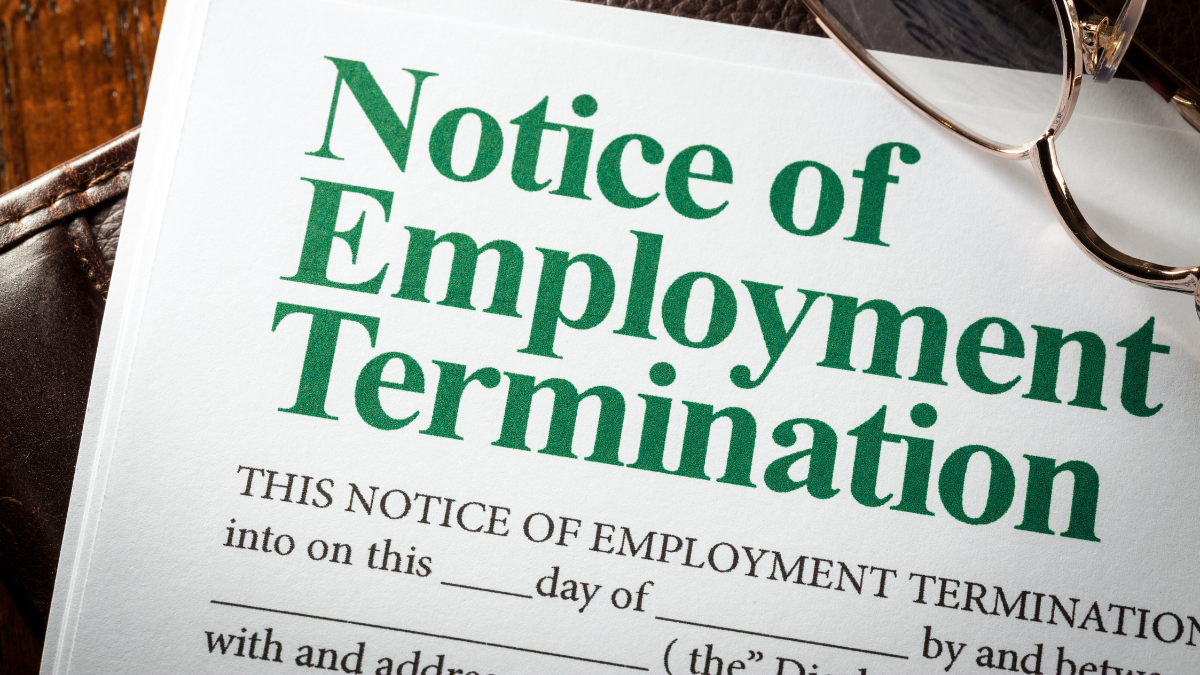Few management actions carry more risk or emotional weight than ending employment. Even justified terminations can expose a company to liability if they’re rushed, undocumented, or inconsistent. A professional, well-documented process protects everyone involved.
Start with real-time documentation. Write it down when it happens. Coaching conversations, attendance issues, or policy violations should be logged the same day—dated, signed, and stored securely. Post-dating or “re-creating” documentation later can undermine your entire case.
Secure signatures. Every written warning or performance plan should include the employee’s acknowledgment. A signature shows awareness, not agreement, but it proves the message was delivered. If the employee refuses to sign, note “employee declined to sign” and initial it.
Set clear expectations and deadlines. Specify what improvement looks like and when it’s due. Ambiguous timelines make consistency impossible. Use phrasing such as “Performance must meet expectations by October 31.”
Ensure consistency. Before taking action, compare the situation with past cases. Unequal enforcement of policies is one of the fastest paths to discrimination claims.
Plan and conduct the meeting. Never terminate alone. Have HR or another manager present as a witness. Keep the discussion short, factual, and free from debate. Communicate the decision, outline next steps, and collect company property respectfully.
Follow through immediately. Provide final pay and required documentation at the meeting. Confirm continuation-of-benefits details and remove system access promptly. Document completion of each step.
Handled correctly, terminations protect your brand as much as your legal standing. A fair, consistent process signals to remaining staff that the company upholds standards and respects people even in hard moments.









